Discover the state of the art of optical flickering performance of commercialized LED lamps.
Abstract :
Optical flickering refers to the glittering, sparkling or even instability of light sources. It leads to uncomfortable situations and can even be harmful to sensitive people. Some indexes have been defined based on the temporal luminance fluctuations of the source. The “One Single Lighting Regulation”, a new European regulation concerning the market of LED lighting fixtures which should be effective the 1st of September 2021 will include a new index that was suggested in the IEC: the PST LM INDEX.
In this study, we compared this new index to the original ones. In order to do this, 20 LEDs from the market have been measured and analyzed. Results showed a good correlation between all these indexes. The comparison also permits us to link the quality of the electronics of the LEDs to the indexes.
Our study showed that 20% of these LEDs present a flicker level that will not be conform to the regulation to come, most of the time because of the simplicity of the electronics but also the inability to handle dimming-alike functions.
You will find the details of this analysis on optical flickering and the conclusions of our experts on our report.
The PISÉO laboratory has the means to measure optical flicker and stroboscopic effect:
- Illuminance measurement and colorimetry (optical radiation wavelength)
- Optical flicker measurements (flicker index, flicker percentage and Pst LM)
- Measuring the stroboscopic effect
- Spectral measurement technology adapted to the light produced by LEDs
- Fast photodiode for synchronization to measurement of pulse-width modulated light and optical scintillation
- Control of the electrical power supply in accordance with IEC TR 61547-1 ed.2



